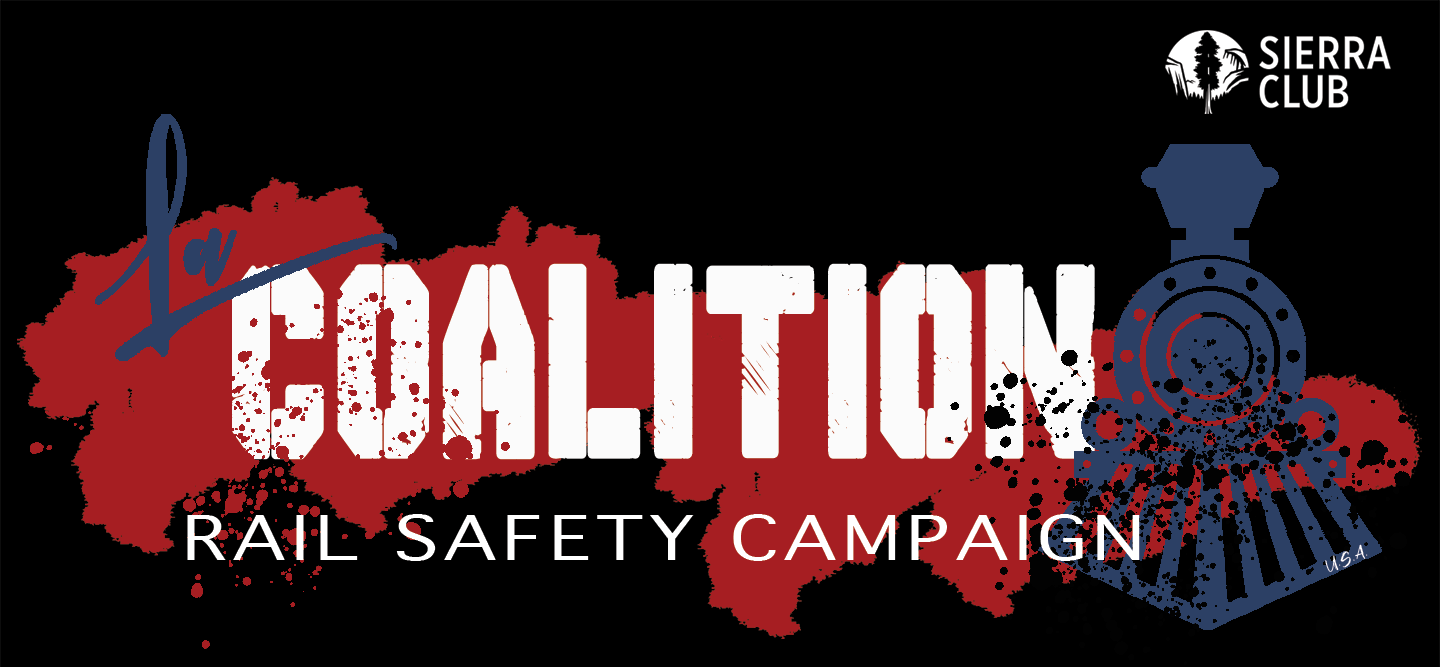IL SB0071 IEMA-School Safety
Over 5.7 million children attending 14,800 schools in the U.S. are in harm’s way - despite the public’s Right-to-Know (SARA, Title III), parents have no idea.
Trains roll through our communities carrying any of nearly 400 types of hazardous substances, like ethylene oxide, anhydrous ammonia, chlorine gas, Bakken crude oil, spent nuclear fuel, and liquified natural gas, as well as security-sensitive materials including military weapons such as bombs, cartridges for weapons, rockets, warheads, torpedoes, mines, grenades, ammunition, and projectiles. Beyond their historical lack of regulation and safety standards, railroad companies are awarded jurisdiction over derailment sites with assistance from their own private police.
During the summer of 2013, a horrific train derailment and ‘atomic bomb-sized’ explosion in Quebec, Canada killed 47 unsuspecting residents of Lac-Mégantic and decimated the core of their business center. Ten years later, phosgene gas was released in East Palestine, Ohio – a chemical weapon of mass terror so deadly it was banned after WWI. Astonishingly, Norfolk Southern, a private railroad company, made the call to intentionally set fire to five tankers, releasing deadly plumes that dumped a lethal cocktail of toxic materials on school buildings, property, soil, and water supplies. A similar scenario happened again in June 2024 when Canadian National decided to burn off 11 tankers in Matteson, IL.
Why are private railroad companies, with assistance from their own private police, awarded jurisdiction over incident sites and given the authority to do their own air, soil, and water assessments?
Allowing private control over hazmat incidents puts kids attending schools near railroads at risk in the event of a derailment, release, and/or explosion. This blatant conflict of interest also leads to higher costs for railroad companies as well as local, state, and federal governments to cover expenses for student and staff injuries and damages causing medical problems, the risk for future diseases, and the need for future monitoring of properties.
Today, State Emergency Planning Commissions (SERCs) and Local Emergency Planning Committees (LEPCs) across the rail transportation corridor are sorely underfunded and lack human resources necessary to plan, train, and equip their communities. In 2022, EMA Director David Christensen reported McHenry County, IL had four paid staff; Emergency Manager Dan Eder of Lake County, IL indicated only three.
There are no existing emergency response plans for schools specifically created to meet the very unique needs of responding to incidents involving hazardous substances and rail security-sensitive materials carried by high-hazard flammable trains. Evacuation for such an incident will literally depend upon which way the wind blows, and wind direction changes. A comprehensive four corner (north, south, east, west) evacuation plan is needed, along with a hierarchy of command and an integrated incident command system that includes persons employed by public works departments, transportation departments, hospitals, heavy equipment contractors, food distributors, and other such organizations.
SB0071 amends the Illinois Emergency Planning and Community Right to Know Act to provide that Local Emergency Planning Committees and the State Emergency Response Commission partner with schools and school districts regarding safety threats posed by the storage and transport of hazardous substances and security-sensitive materials near schools.
Damages can be significantly reduced if schools are prepared to implement immediate emergency response and evacuation with a comprehensive plan in place.
Please contact state legislators today and ask for their support on IL SB0071. Witness slips in support of SB0071 will be needed once a hearing date is determined.
